The North Western built a replica of the Pioneer coach for the railroad fair and showed it off, along with the engine and four-wheeled tender. After the show and a subsequent tour around the Midwest, the set was split up. The Pioneer locomotive, after some new paint and a dressing up, landed safely with the Chicago Historical Society. However, the tender and the coach were sold off.
More than 40 years later, in 1990, Dave Kloke received a call at his office in Elgin, Ill. A man had an old passenger car that he might be interested in. Kloke, long a fan of early railroading, especially if it could be linked to the 16th President of the United States, Abraham Lincoln, decided to go out and take a look.
“I had been searching for [the 1948 Pioneer coach] for about 10 years,” Kloke said. “It was the oldest car I could find, and I liked the idea of it.”
But when he got to the site where the car had been parked, it became clear that it would require more than a simple restoration.
“I couldn’t get it out in one piece,” Kloke remembers.
He had to remove the car in pieces, which was not the worst thing in the world, Kloke says. “We were going to put a steel frame under it anyway to meet Federal Railroad Administration standards.”
But then Kloke turned his attention to other, more pressing projects — namely the Lincoln funeral train car which needed to be finished by the 150th anniversary of the President’s assassination and subsequent travel back to Springfield, Ill. Kloke was also working on a replica of the Central Pacific Railroad No. 63 Leviathan 4-4-0, a project that took him 10 years to complete and would ultimately pull the Lincoln Funeral Train in 2015. Another contract for a locomotive came in — the York 4-4-0. Kloke was busy, to say the least.
But Kloke would work on the Pioneer car when he could, and it was always in the back of his mind. In March 2018, his schedule loosened and he decided to finish what he’d started.
The car sits three-quarters finished in Kloke’s Somonauk facility — two large warehouses packed with supplies, workbenches and all manner of tools — somewhere between a reconstruction of a replica and a replica of a replica.
“I’ve repurposed everything I could use,” Kloke says, from bolsters to truck components to handbrake wheels. The trucks themselves, Kloke explains, had to be reconstructed from steel to meet safety standards and allow the car to transport passengers. Not only the trucks, but the main structure of the car was rebuilt from steel, though most of it will be hidden from view.
According to Jerry Mennenga, a colleague of Kloke’s and an experienced railroad restorationist himself, research is one of the most challenging parts of any restoration. For instance, the 1949 version did not include three ventilation stacks along the roof which an illustration that dates closer to the 1848 original shows. Their plans, the only ones available, taken from a C&NW employee bulletin do not show the stacks.
“There’s a lot of back and forth,” Jerry says as he thumbs through their design bible, a blue binder with pages of notes, plans, and photos from over the years. “A lot gets held up until we can verify what should be done.”
The interior will be a combination of historicity and updates for a modern tourist train. The benches, which originally ran parallel to the sides of the car, will be replaced by wooden walkover seats. There will be electric lights, but they will install a small potbelly stove in one corner—a reminder of how far we’ve technology has advanced in a century and a half.
“In those days, they would have used the stove for heat,” Kloke says.
“They may have cooked on it,” Mennenga adds.
The Pioneer coach’s ultimate destination is Stone Gable Estate near Elizabethtown, Pa., to join the Lincoln car and the Leviathan, just in time for an event on April 22, 2019, commemorating the 154th anniversary of the day Lincoln’s funeral train crossed the right-of-way on the estate.
“They’re going to put track on the original right-of-way where Lincoln’s car came through in 1865,” Kloke says. He thinks keeping the Pioneer car with the Lincoln Funeral Train makes sense. “It’s possible that Lincoln rode on the original 1848 [Pioneer] car.” Kloke says smiling at the thought. “We’re speculating, but we think he really may have.”





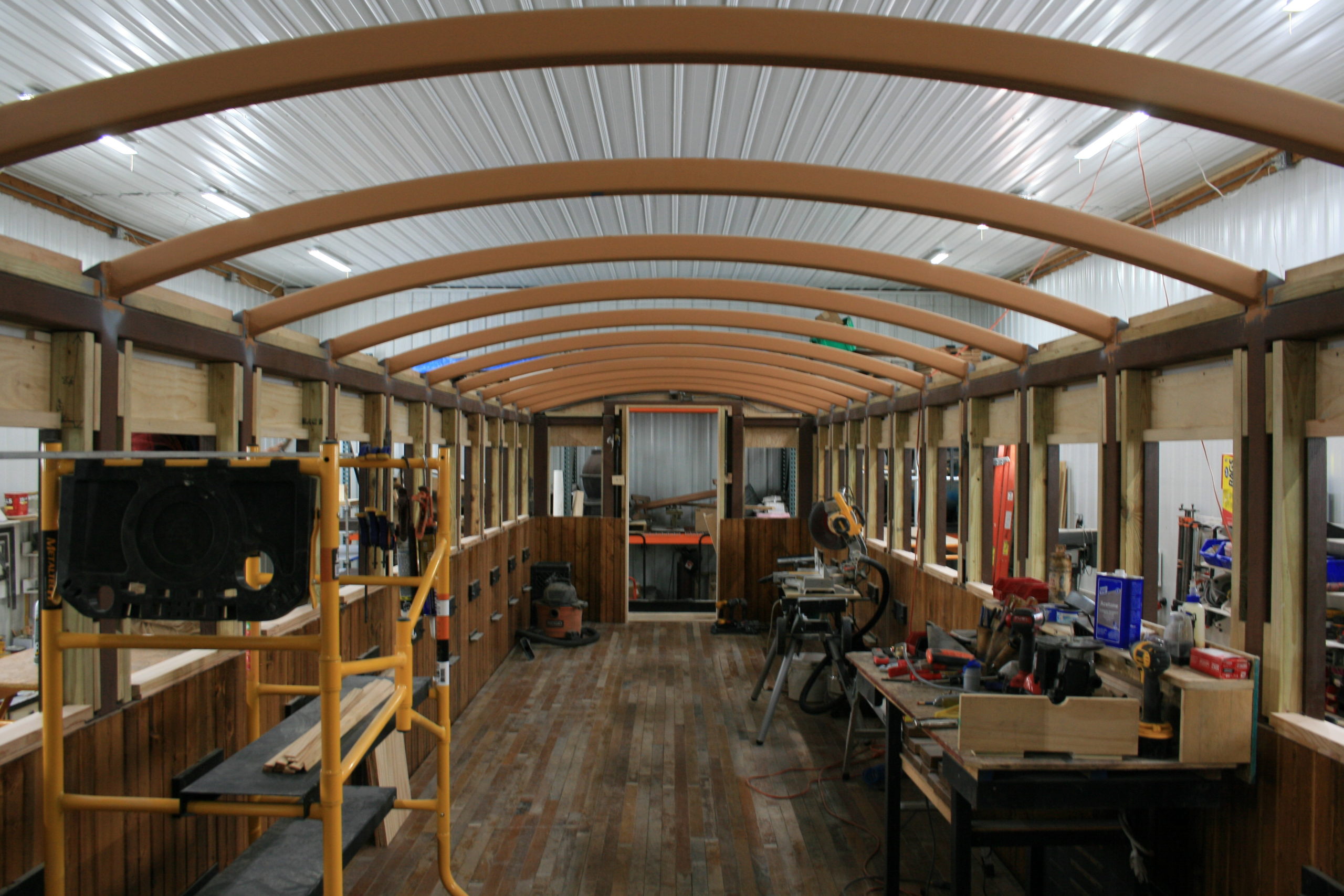
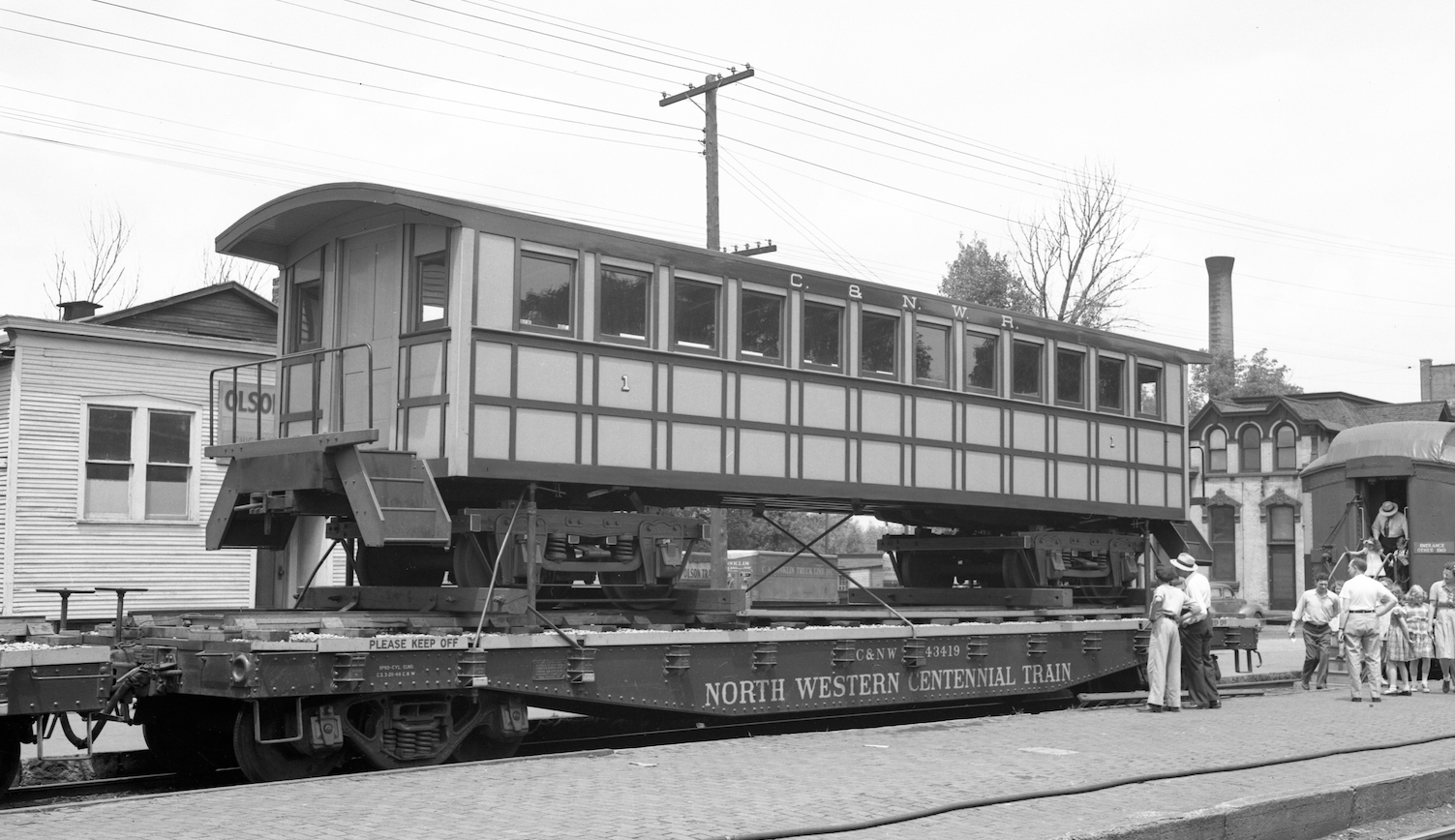

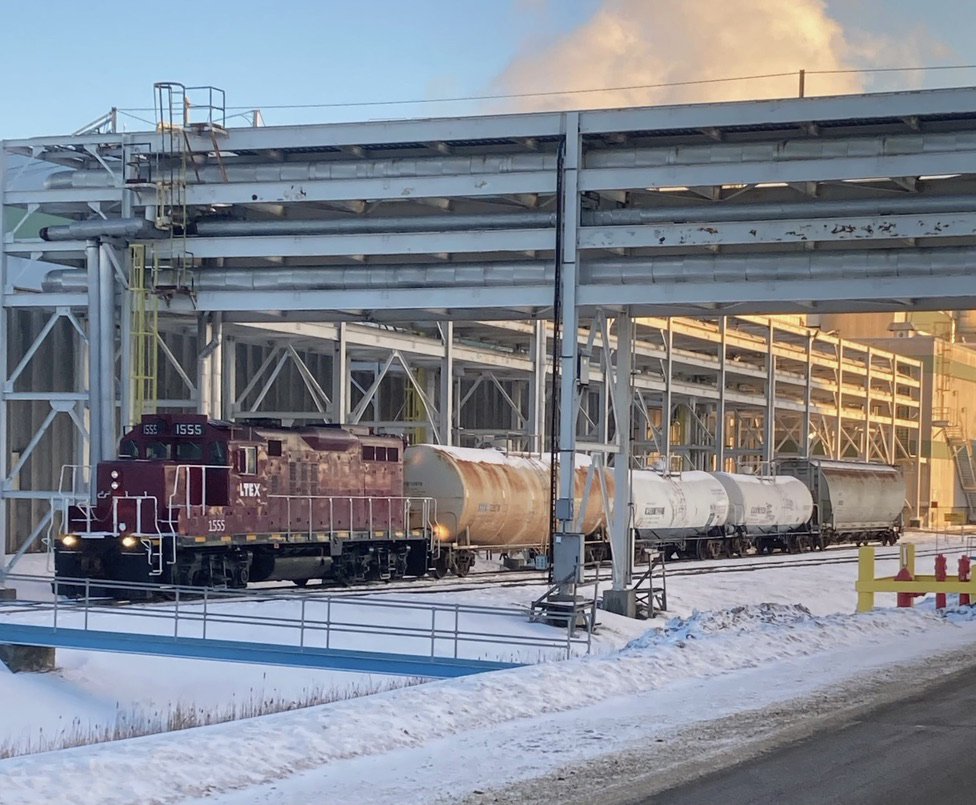

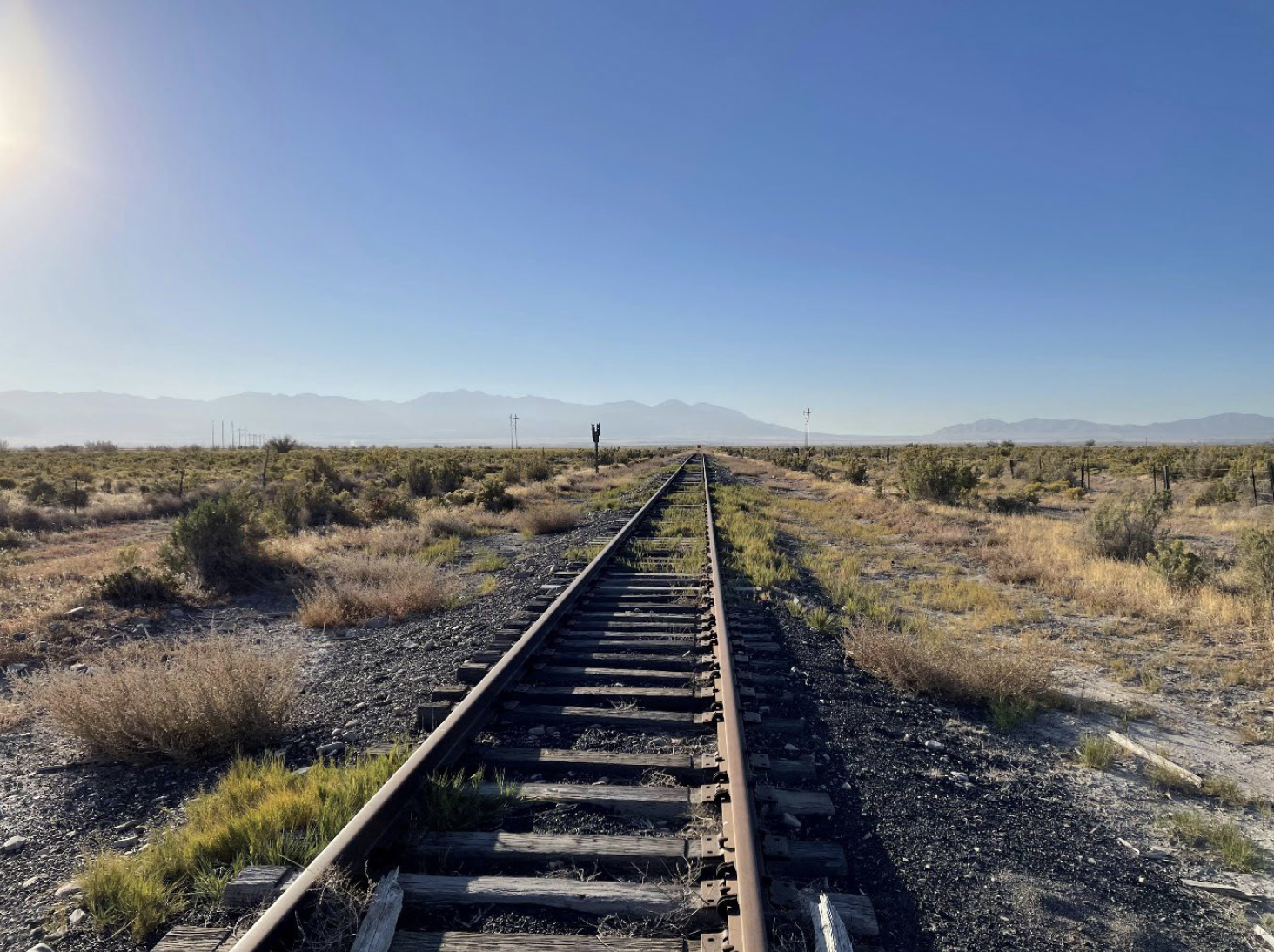
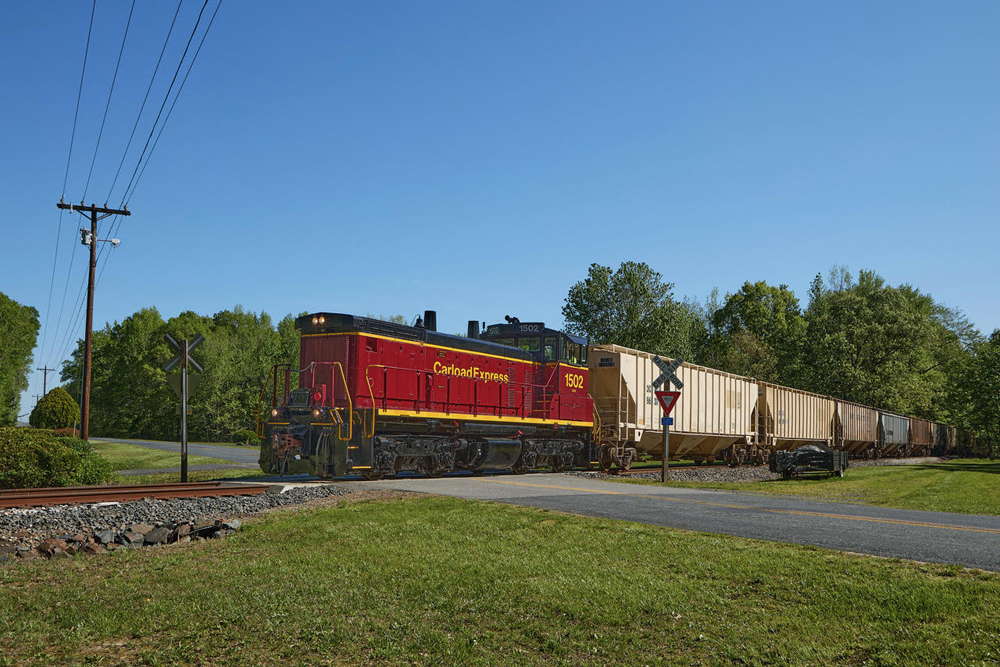




The Lincoln funeral train car replica is something that has to be seen to be believed.
While snooping around a defunct trolley museum near Mason City IA a few years ago I came across the boiler for a replica project, a 2-6-0 called Lyon. It was sitting outdoors on a small trailer. The chalk marks on the boiler said it was made by Kloke and also referred to things that had to be done to avoid its warranty being voided. A nearby trailer had a painting of the 2-6-0 on the side and a reference to it being named Lyon. I could not tell if Kloke’s involvement ended with the construction of the boiler. It didn’t look like anything had been done with boiler or trailer for a while given the weed growth around both.
Is this an active project or has it been abandoned?
The reference to the locomotive ‘LYON’ is the project to rebuild thw Vieginia & Truckee LYON 2-6-0.
There is an active